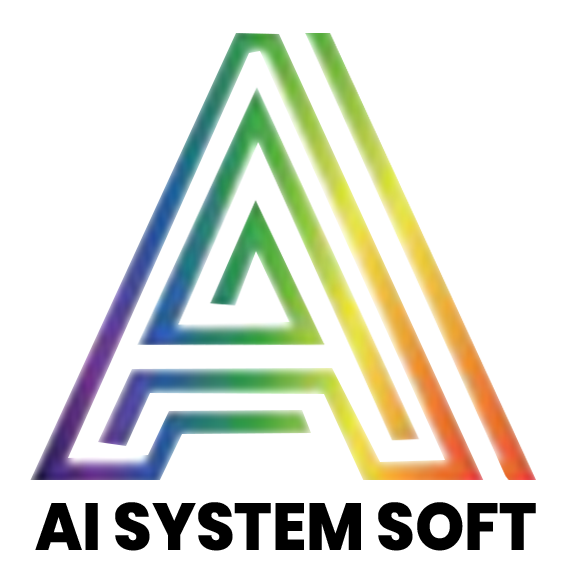
AI-GRC-Software Development Solution We Develop Secure & Intelligent Solutions
Conroy Windermere, FL-34786, USA
+ 1 (689) 276-4636
info@aisystemsoft.com


Conroy Windermere, FL-34786, USA
+ 1 (689) 276-4636
info@aisystemsoft.com


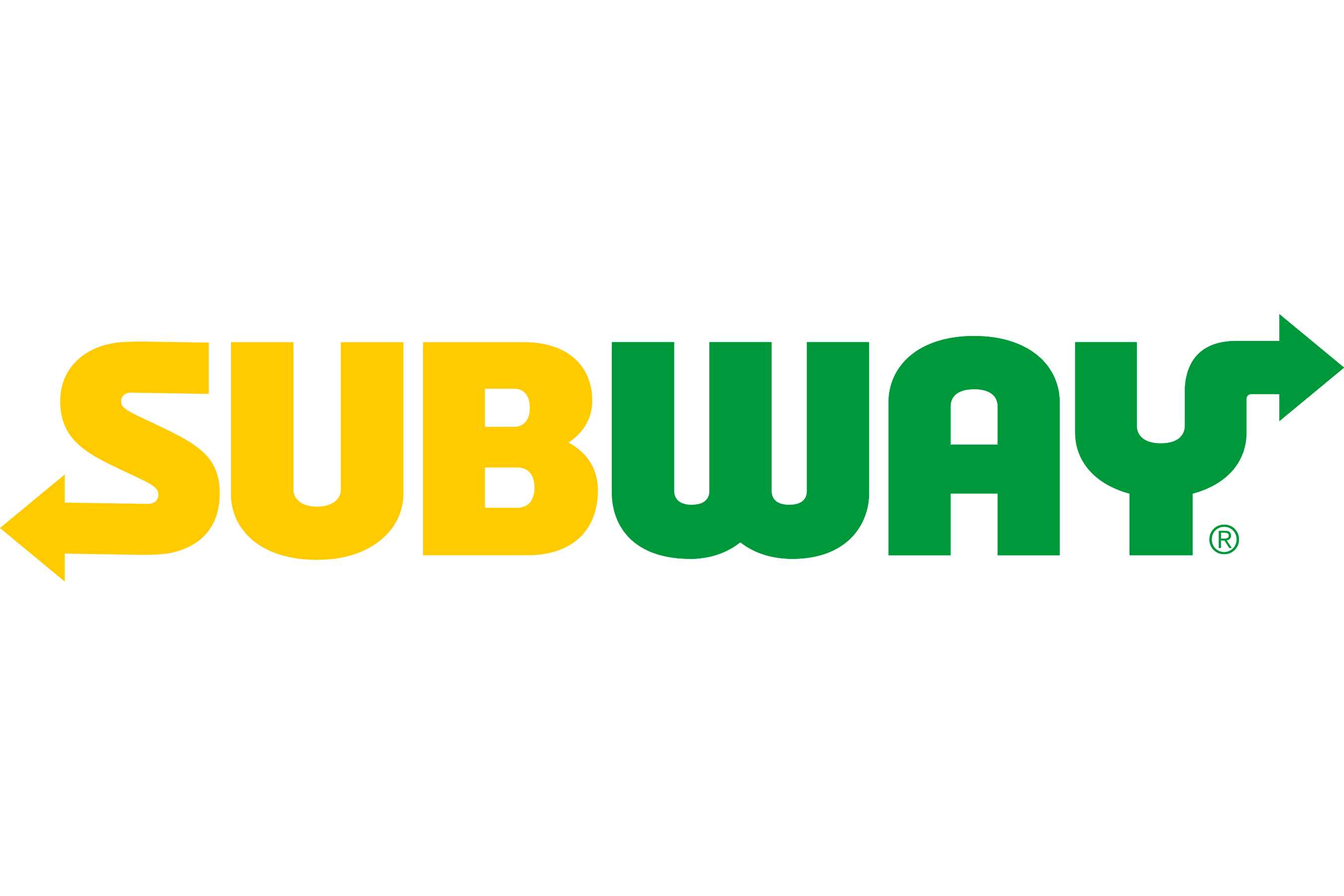
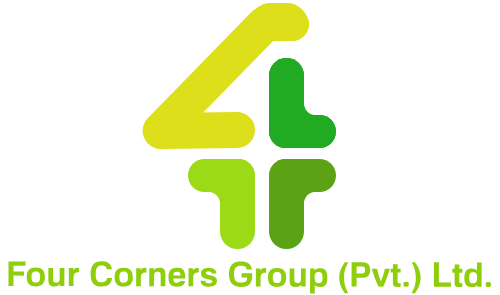


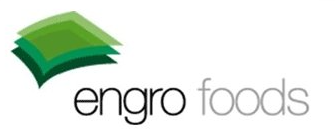

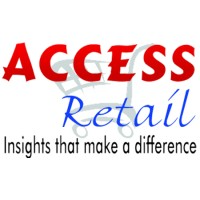


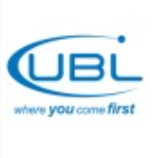
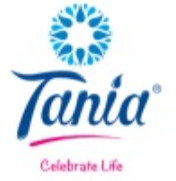







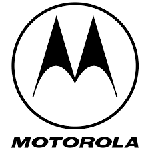




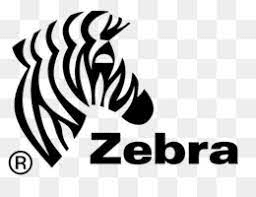

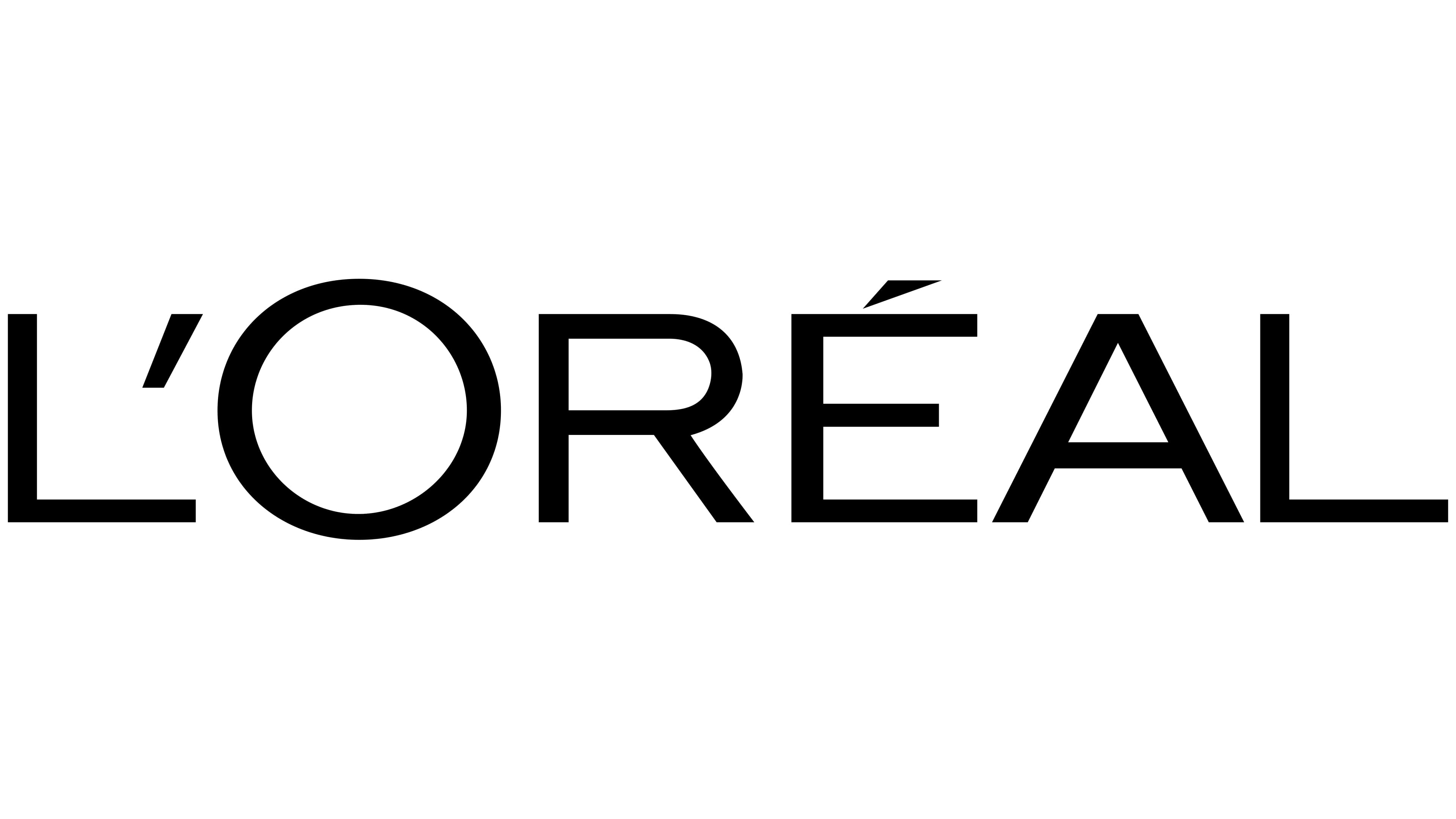

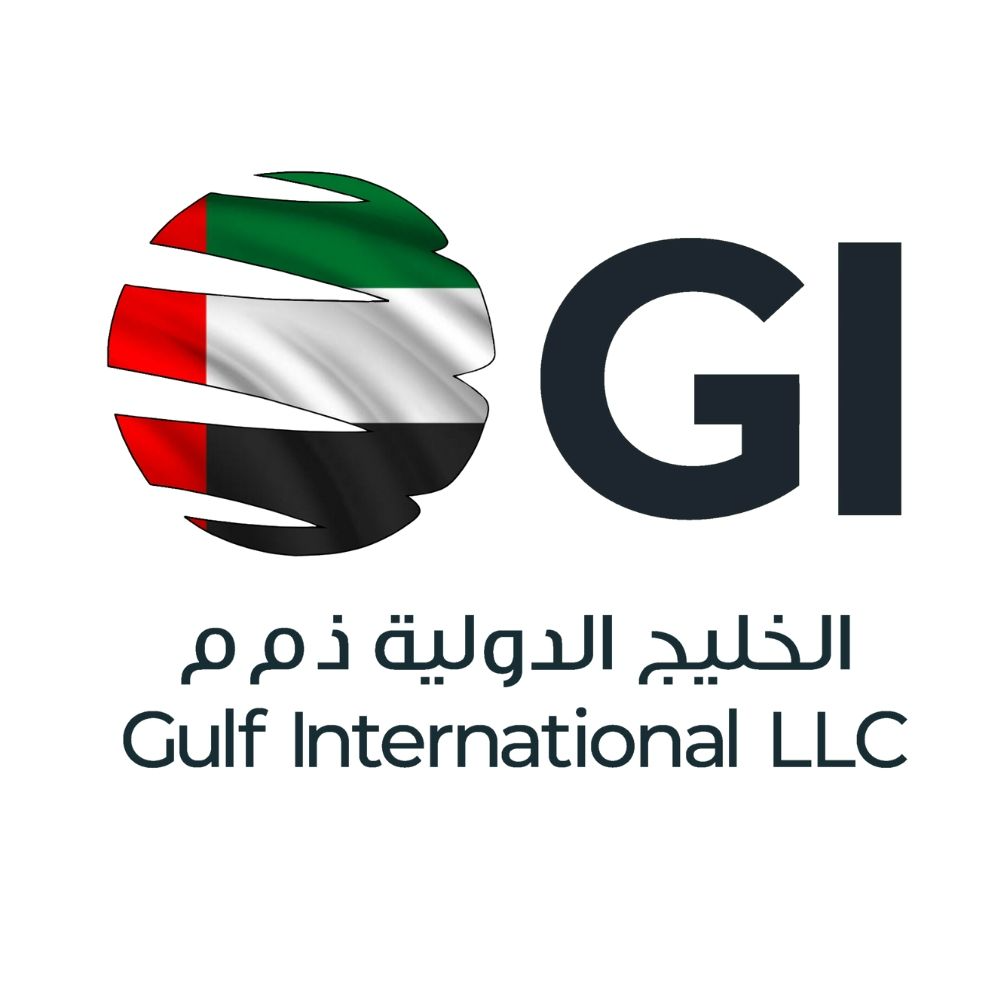

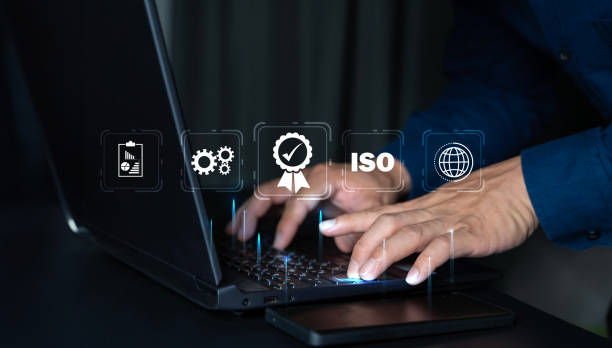

Please feel free to contact us
+1 (689) 276-4636 info@aisystemsoft.comImplementing an ISO framework ensures that an organization follows internationally recognized standards for quality, security, risk management, and compliance. Depending on the organization’s needs, different ISO frameworks can be adopted, such as:
Would you like assistance in creating an ISO implementation roadmap for your organization?
ISO structured approach to aligning business operations with organizational goals, managing risks, and ensuring compliance with laws, regulations, and internal policies. GRC integrates these three critical components to create a cohesive framework that helps organizations operate efficiently, ethically, and responsibly.
There are Several standards and frameworks are widely used for Governance, Risk Management, and Compliances. These standards provide guidelines, best practices, and structured approaches to help organizations by implementing effective ISO programs. The choice of standards depends on the industry, regulatory requirements, and organizational goals. Below are some of the most suitable and widely adopted ISO standards and frameworks:(ISO 31000: Risk Management),(ISO 37001: Anti-Bribery Management Systems), (ISO 27001: Information Security Management), (ISO 37301: Compliance Management Systems), (COSO ERM - Enterprise Risk Management),(NIST Frameworks), (COBIT - Control Objectives for Information and Related Technologies), (ITIL - Information Technology Infrastructure Library), (PCI DSS (Payment Card Industry Data Security Standard), (HIPAA - Health Insurance Portability and Accountability Act), (GDPR - General Data Protection Regulation), TOGAF (The Open Group Architecture Framework), CMMI (Capability Maturity Model Integration) etc. According to the requirements of the organization, the organization can adopt and adapt accordingly.
Implementing a Governance, Risk Management, and Compliance (GRC) framework in your organization offers numerous benefits that contribute to operational efficiency, risk mitigation, and long-term success. Here are the key benefits of implementing GRC: Improved Decision-Making, Enhanced Risk Management, Regulatory Compliance, Operational Efficiency, Strategic Alignment, Improved Accountability and Transparency,
Fill out the form to schedule a meeting and get the outline and other materials.